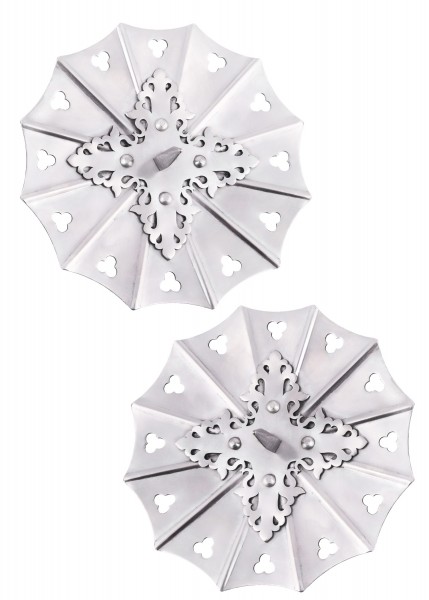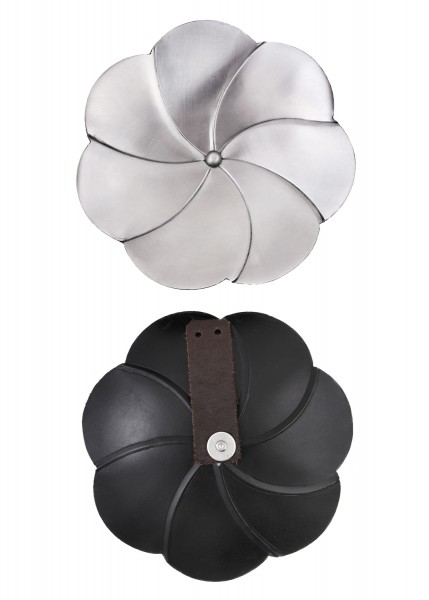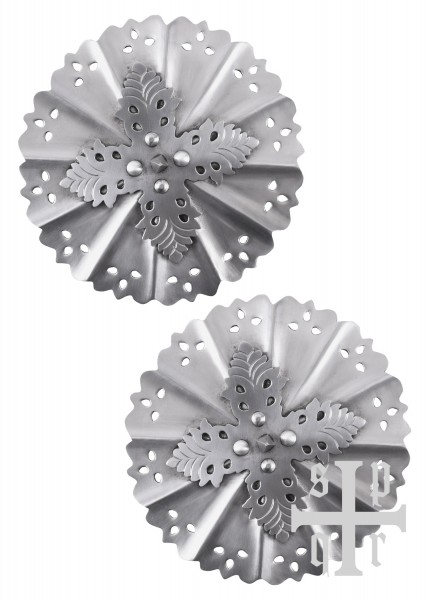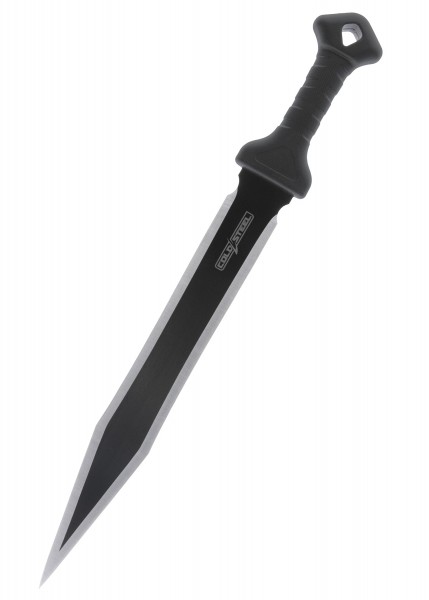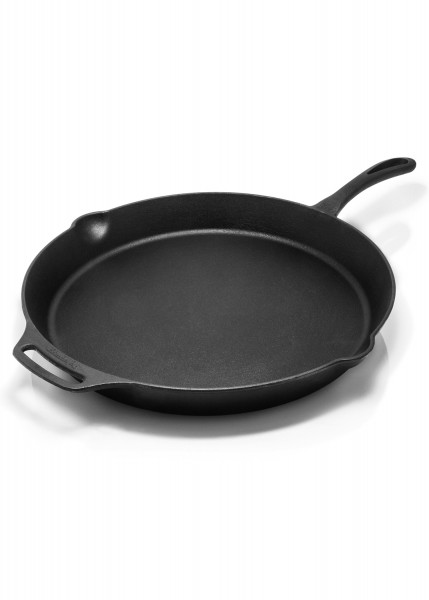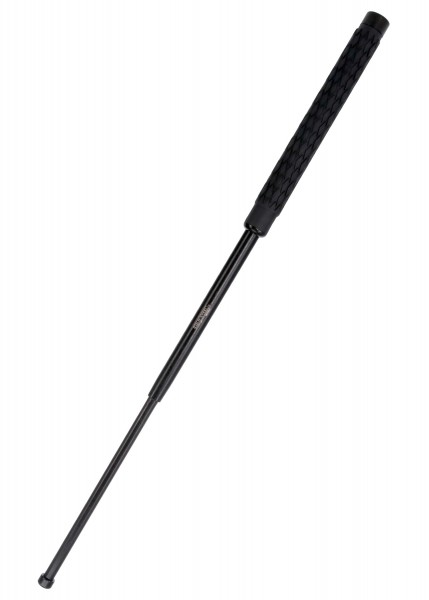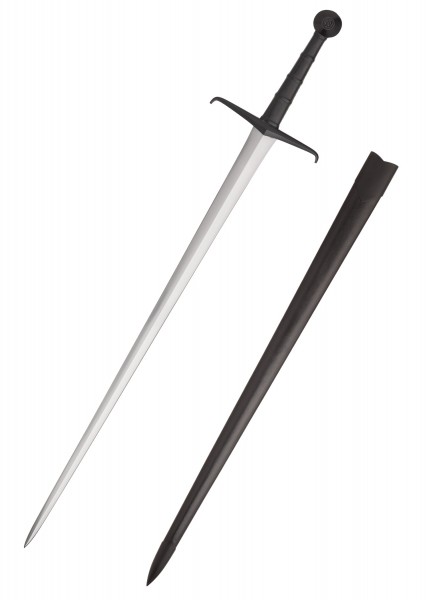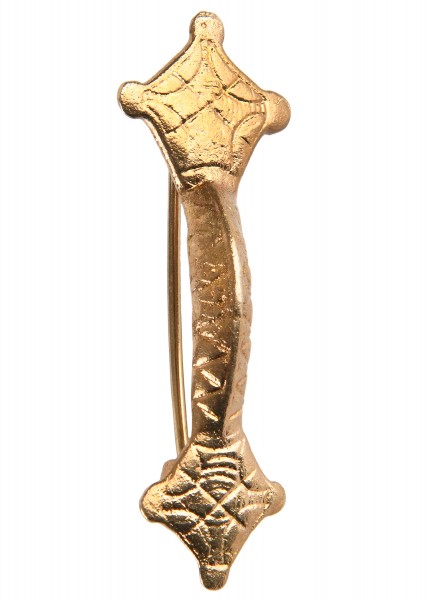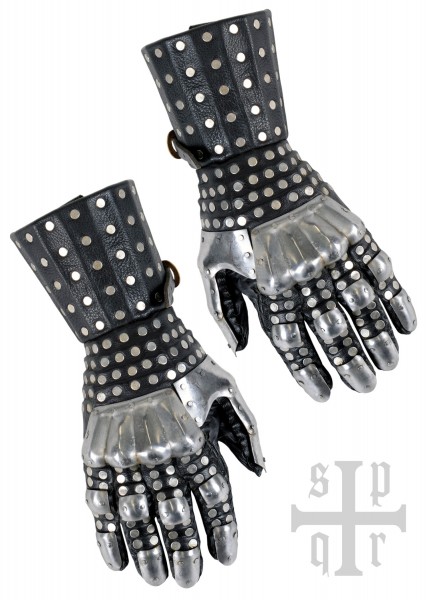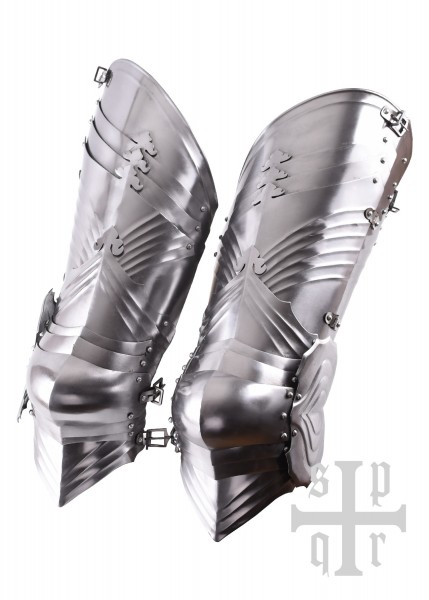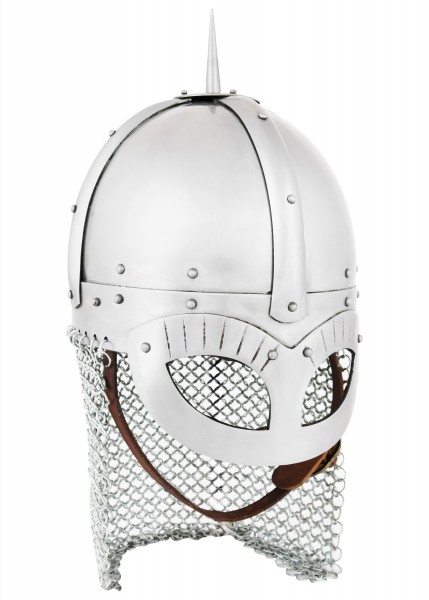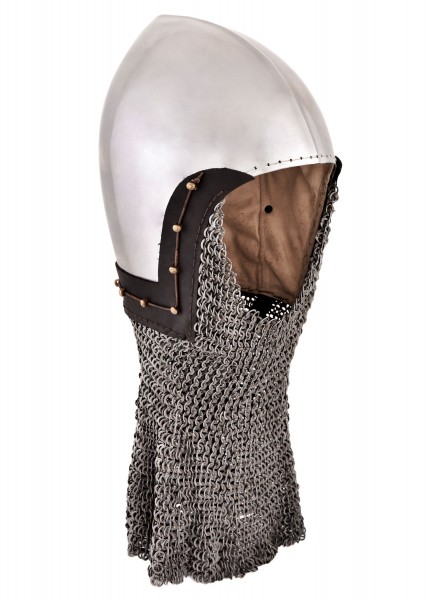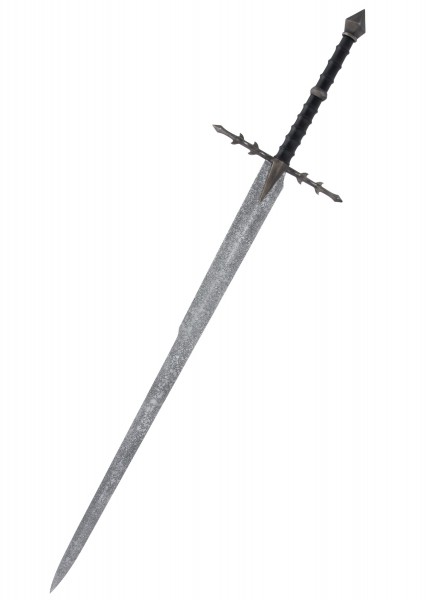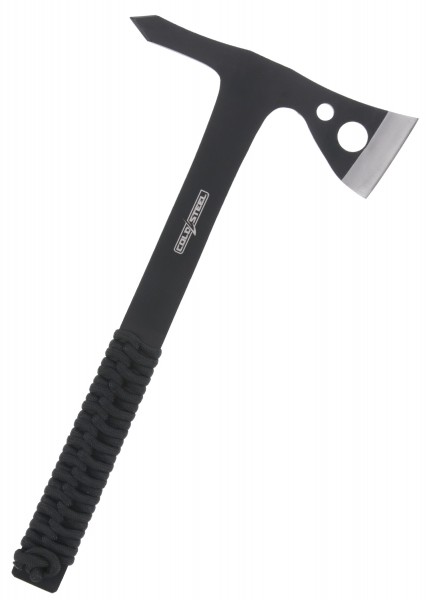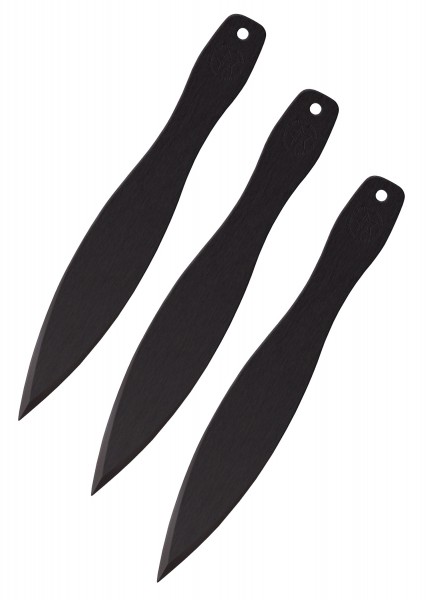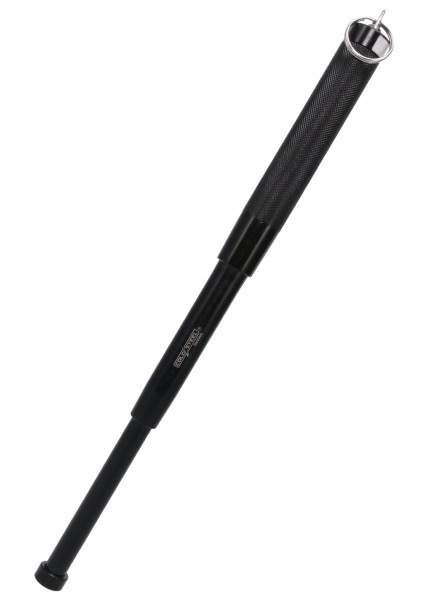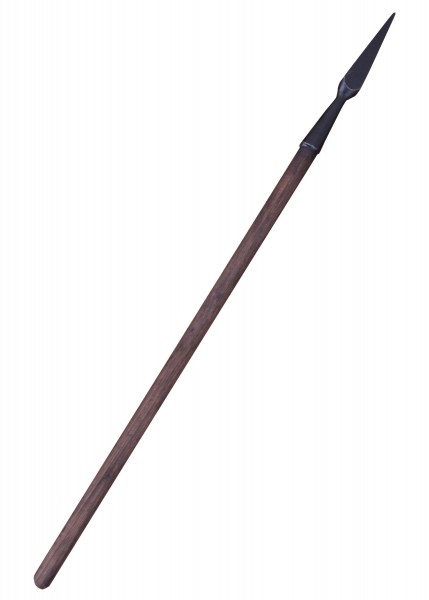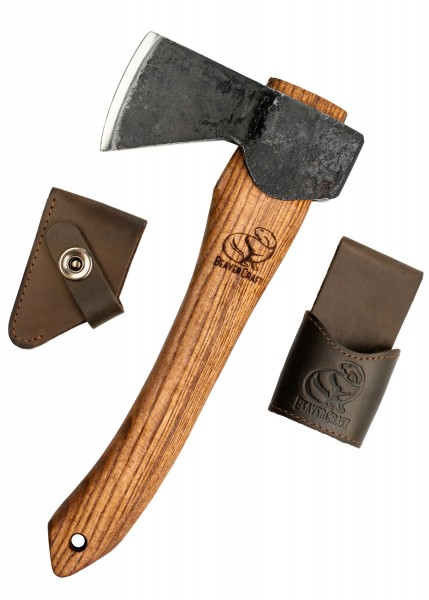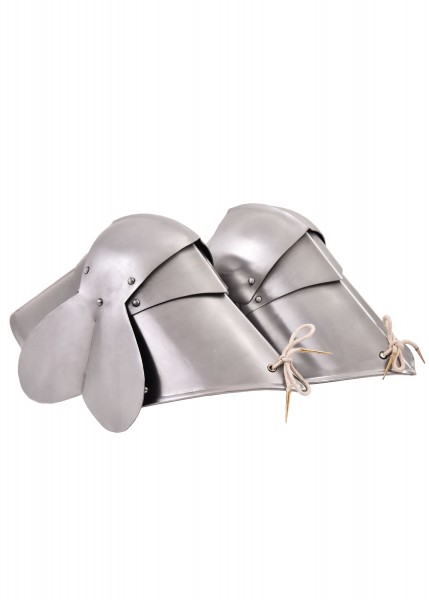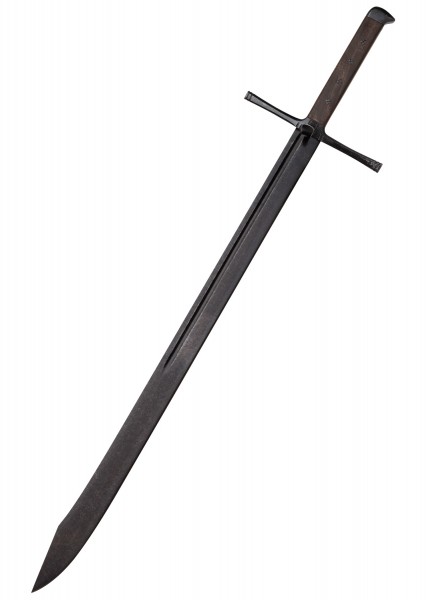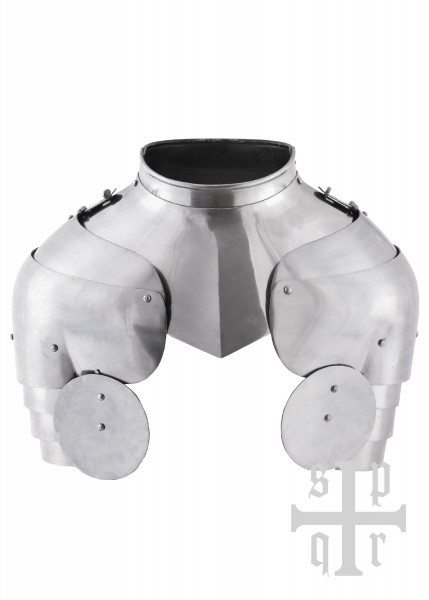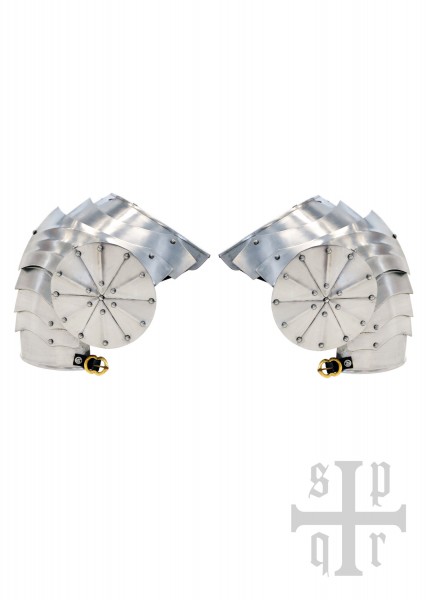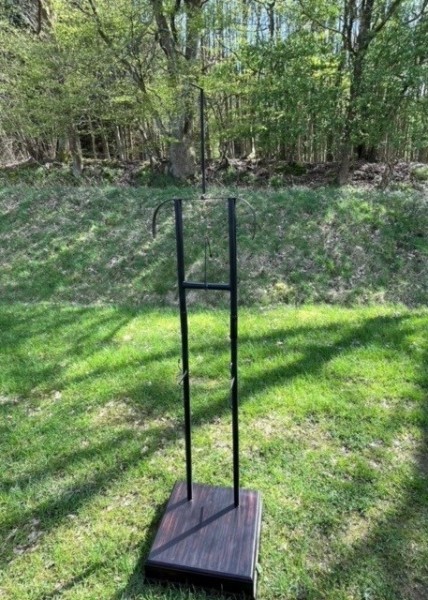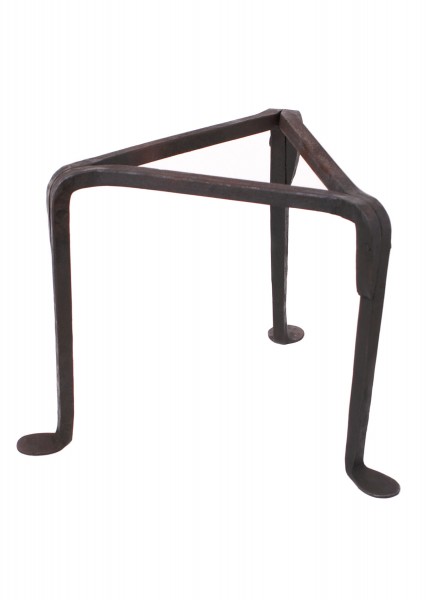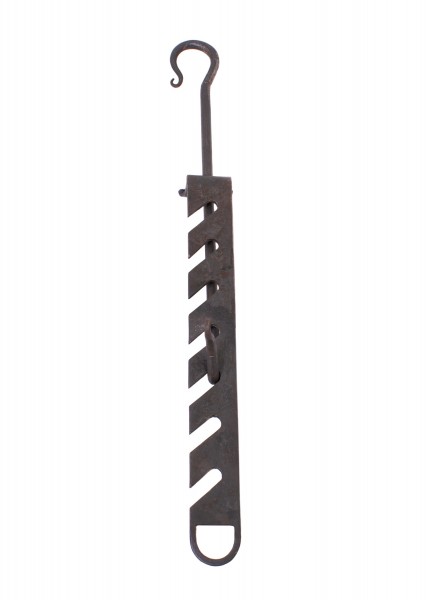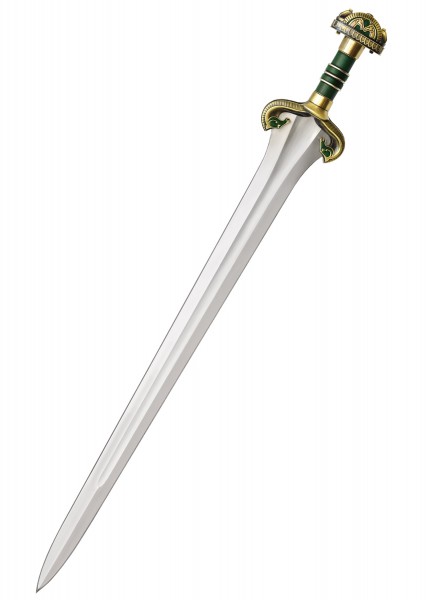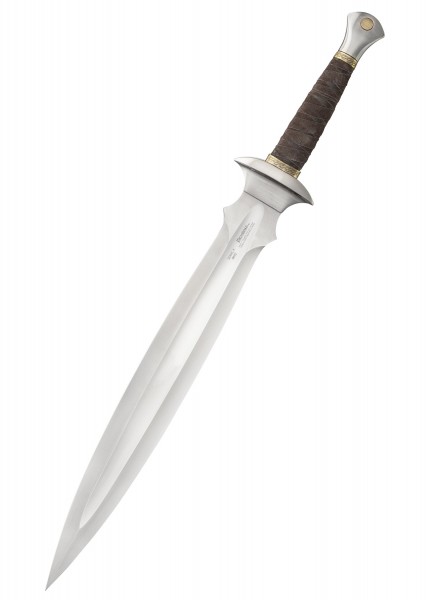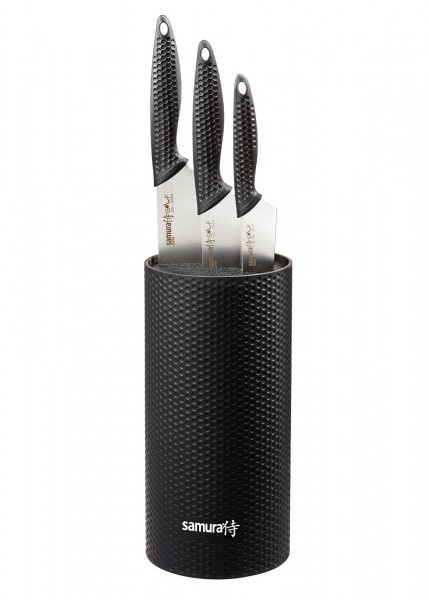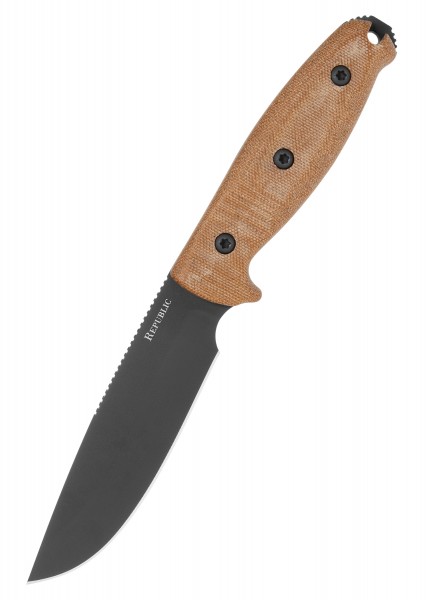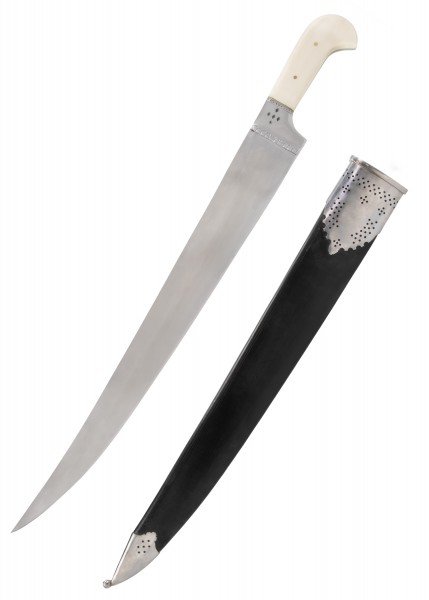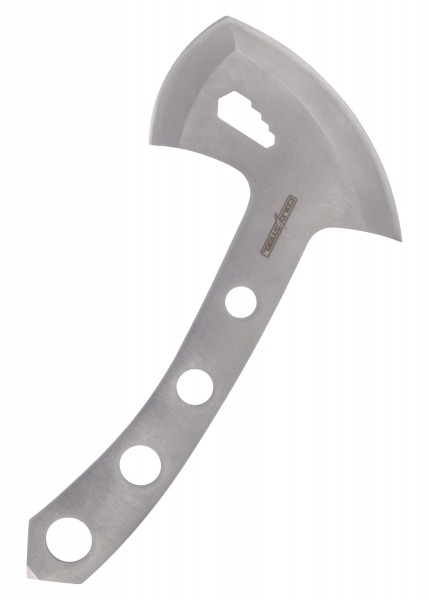Gothic Besagews, Late 15th C., 1.6 mm Steel, Pair
Item no.:
ULF-PA-13
EAN:
4250673493548
€59.99 *
Prices incl. VAT plus shipping costs
Ready to ship, Delivery time approx. 1-3 working days
Free shipping (available in Germany only)
Free shipping from € 50 with GLS in Germany
Fast shipping either with DHL or GLS
Gothic Besagews, Late 15th Century, 1.6 mm Steel, Pair In the late Middle Ages, as the... more
Product information "Gothic Besagews, Late 15th C., 1.6 mm Steel, Pair"
Gothic Besagews, Late 15th Century, 1.6 mm Steel, Pair
In the late Middle Ages, as the increasing effectiveness of offensive weapons brought the need for improved protection, the best possible was done to close the vulnerable gaps between the armour plates. Although quite often very decorative, the so-called besagews or besagues of the late medieval / Gothic plate armours were primarily designed to protect the armpits and upper arms from high cuts and blows.
These beautiful High Gothic besagews closely recreate the design of an artefact held today at the Spurlock Museum of World Cultures, University of Illinois, Urbana-Champaign. The said artefact is a replica of a German, late 15th c. besague made in 1913 and originally purchased from Ernst Schmidt’s workshop in Munich (item no. 1913.09.0002E, see last picture).*
Our slightly concave, ornate besagews are made of approx. 1.6 mm (16 gauge) thick steel and blackened on the back for better corrosion resistance. They are each composed of a fluted rondel pierced with trefoils, a smaller, open-worked plate riveted onto the larger rondel and adorned with plant / leaf motifs typical of the period, and a pointed spike. The back is equipped with a leather strap and brass buckle for proper attachment to a plate armour, a pauldron, or a mail shirt. The strap, the two plates and the spike are firmly and securely held together with a sturdy steel rivet at the centre back.
These steel rondels are ideal for late medieval and Renaissance settings and will make your portrayal of a noble European knight or warrior all the more authentic.
Sold as a pair.
Details:
- Material: 1.6 mm (18 ga) sheet steel, dark brown leather straps, antiqued brass buckles
- Diameter: approx. 17 cm (middle plate approx. 11 cm)
- Height: approx. 5 cm
- Spike length: approx. 4 cm
- Dimensions of leather straps: approx. 8 x 1.6 cm / approx. 2 mm thick
- Buckles suitable straps with a max. width of 2 cm
- Weight (pair): approx. 640 g
Specs may slightly vary from piece to piece.
The steel used here is not rust-proof and might show slight surface tarnishing in places. We recommend you to maintain plate armour on a regular basis, for example using Ballistol Universal Oil, which is ideally suited for steel care.
This is an original ULFBERTH® product.
* A photograph of the item appears in the catalogue from Ernst Schmidt, republished in 1967 by Mowbray, E. Andrew in Arms and Armor from the Atelier of Ernst Schmidt, Munich (Page 75 – Plate 36). Similar besagues can also be seen, for example, on one of the field armours in the German High Gothic style, crafted by Ernst Schmidt’s armourer Lorenz Kilian and sold to John Woodman Higgins in 1929.
In the face of the scarcity of original pieces, and in order to meet the then-high demand, Ernst Schmidt founded one of the rare workshops for neo-Gothic arms and armours in the late 1870s. His workshop, specialized in fine, high-quality reproductions made according to traditional armourer’s craft, continued to supply wealthy customers until ca. 1930. One of them was the US-American collector John Woodman Higgins, whose first suits of armour purchased from Schmidt formed the initial stock of the Higgins Armory Museum (1931-2004, now integrated into the Worcester Art Museum, Massachusetts).
In the late Middle Ages, as the increasing effectiveness of offensive weapons brought the need for improved protection, the best possible was done to close the vulnerable gaps between the armour plates. Although quite often very decorative, the so-called besagews or besagues of the late medieval / Gothic plate armours were primarily designed to protect the armpits and upper arms from high cuts and blows.
These beautiful High Gothic besagews closely recreate the design of an artefact held today at the Spurlock Museum of World Cultures, University of Illinois, Urbana-Champaign. The said artefact is a replica of a German, late 15th c. besague made in 1913 and originally purchased from Ernst Schmidt’s workshop in Munich (item no. 1913.09.0002E, see last picture).*
Our slightly concave, ornate besagews are made of approx. 1.6 mm (16 gauge) thick steel and blackened on the back for better corrosion resistance. They are each composed of a fluted rondel pierced with trefoils, a smaller, open-worked plate riveted onto the larger rondel and adorned with plant / leaf motifs typical of the period, and a pointed spike. The back is equipped with a leather strap and brass buckle for proper attachment to a plate armour, a pauldron, or a mail shirt. The strap, the two plates and the spike are firmly and securely held together with a sturdy steel rivet at the centre back.
These steel rondels are ideal for late medieval and Renaissance settings and will make your portrayal of a noble European knight or warrior all the more authentic.
Sold as a pair.
Details:
- Material: 1.6 mm (18 ga) sheet steel, dark brown leather straps, antiqued brass buckles
- Diameter: approx. 17 cm (middle plate approx. 11 cm)
- Height: approx. 5 cm
- Spike length: approx. 4 cm
- Dimensions of leather straps: approx. 8 x 1.6 cm / approx. 2 mm thick
- Buckles suitable straps with a max. width of 2 cm
- Weight (pair): approx. 640 g
Specs may slightly vary from piece to piece.
The steel used here is not rust-proof and might show slight surface tarnishing in places. We recommend you to maintain plate armour on a regular basis, for example using Ballistol Universal Oil, which is ideally suited for steel care.
This is an original ULFBERTH® product.
* A photograph of the item appears in the catalogue from Ernst Schmidt, republished in 1967 by Mowbray, E. Andrew in Arms and Armor from the Atelier of Ernst Schmidt, Munich (Page 75 – Plate 36). Similar besagues can also be seen, for example, on one of the field armours in the German High Gothic style, crafted by Ernst Schmidt’s armourer Lorenz Kilian and sold to John Woodman Higgins in 1929.
In the face of the scarcity of original pieces, and in order to meet the then-high demand, Ernst Schmidt founded one of the rare workshops for neo-Gothic arms and armours in the late 1870s. His workshop, specialized in fine, high-quality reproductions made according to traditional armourer’s craft, continued to supply wealthy customers until ca. 1930. One of them was the US-American collector John Woodman Higgins, whose first suits of armour purchased from Schmidt formed the initial stock of the Higgins Armory Museum (1931-2004, now integrated into the Worcester Art Museum, Massachusetts).
Links related to "Gothic Besagews, Late 15th C., 1.6 mm Steel, Pair"
NEW
NEW
NEW
NEW
NEW
NEW
NEW
NEW
NEW
NEW
NEW
NEW
NEW
NEW
NEW
NEW
Cookie settings
This website uses cookies which are necessary for the technical operation of the website and are always set. Other cookies, which increase the comfort when using this website, are used for direct advertising or to facilitate interaction with other websites and social networks, are only set with your consent.
Configuration
Technically required
These cookies are necessary for the basic functions of the shop.
Allow all cookies
Amazon Pay
CSRF token
Cookie settings
Currency change
Customer recognition
Customer-specific caching
Decline all cookies
Individual prices
PayPal payments
Selected shop
Session
Comfort functions
These cookies are used to make the shopping experience even more appealing, for example for customer recognition.
Erweiterter Merkzettel
Wish list
Statistics & Tracking
Affiliate program
Track device in use
Last viewed









